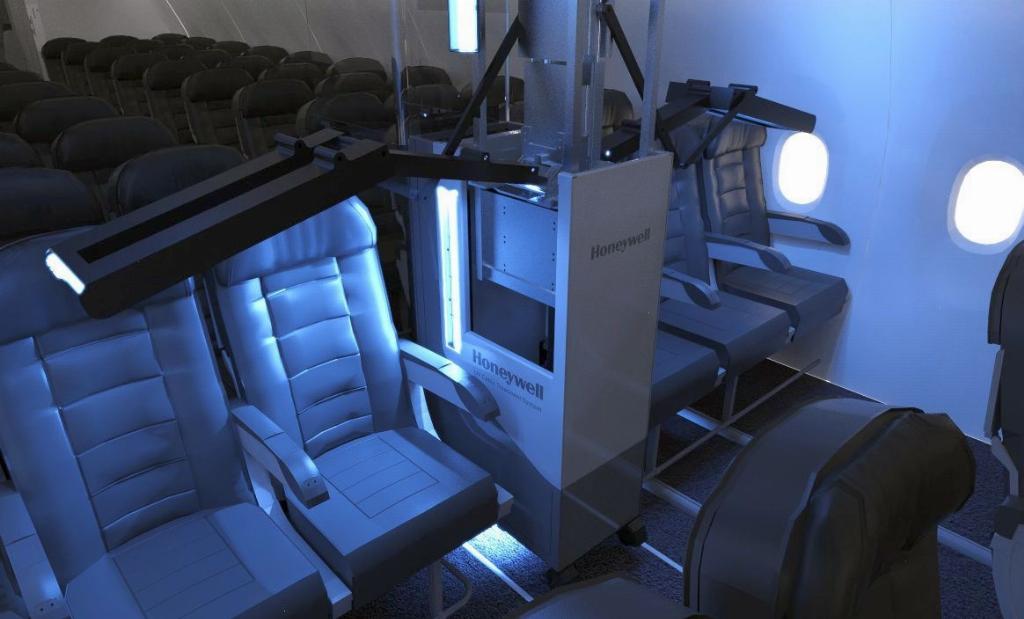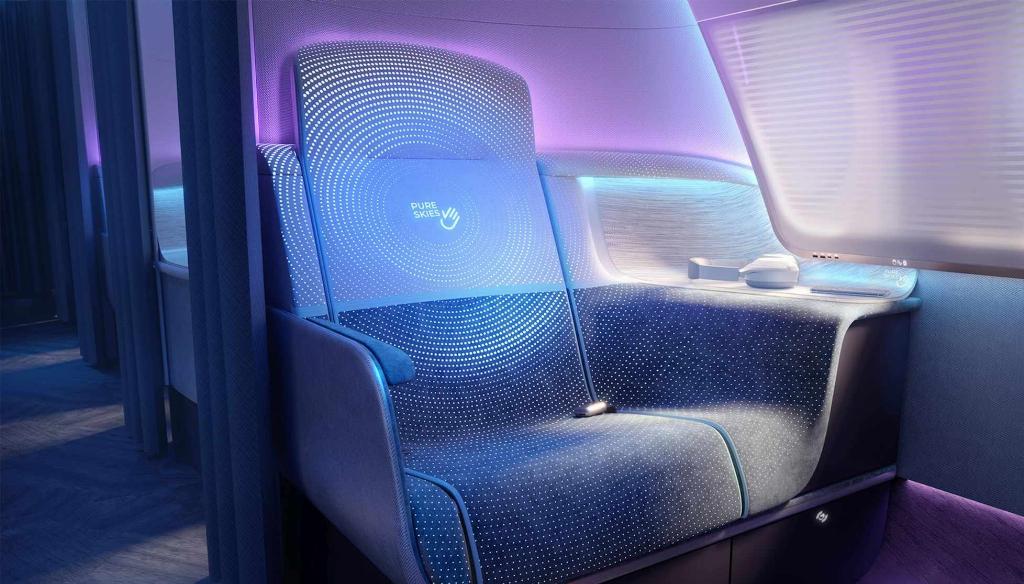Change is coming

RedCabin’s CEO and founder, Monica Wick looks ahead to the post-Covid future with regard to what elements of the cabin interior are going to change and how these trends will impact the passenger experience.
With fleets grounded and borders around the world closed, the aviation industry has been hit hard by the coronavirus pandemic. Data from the International Air Transport Association (IATA) estimates restrictions have resulted in a $370 billion loss to the industry, with passenger demand for air travel not predicted to return to pre-Covid levels until 2024 at the earliest. With new viral strains causing localised Covid-19 outbreaks, especially in developed countries around the world, it may be even longer.

As well as having an impact on the number of people flying, the pandemic is fundamentally changing the cabin interior – in many ways, for the better. Cleanliness and hygiene are now as important for the onboard experience as comfort and safety, and the consequences of this shift will show themselves in the next generation of aircraft cabins.
Materials matter
The most obvious area where changes are being made is in the materials used in the cabin. Airlines already operate stringent cabin sanitisation routines to ensure air travel remains one of the safest modes of transport. But there is now much greater focus on making sure high-touch points like seats, seatbacks, and tray tables – as well as passenger control units and suite doors in premium class cabins – use antimicrobial and antiviral materials and coatings to reduce the risk of surface transmission. These types of materials are most common in the medical industry and, despite being used in the cabin, airlines and manufacturers are now keen to deploy them in a wider capacity – for seat covers, galleys and bulkheads.

To meet the increasing passenger demand for a cabin that prioritises hygiene (in both reality and perception), future cabin interiors will also rely on incorporating flat, easy-to-clean surfaces and minimising split lines where dirt and bacteria can reside. Many of the world’s airlines are using electrostatic spraying and UV-C cleaning robots – like the Honeywell UV Cabin System which can disinfect an entire aircraft in less than 10 minutes – to ensure the cabin is sanitised and offers a high level of protection for those onboard. This is particularly important for legacy cabin environments where this new design philosophy will not have been implemented.
Durability will be a key element to future designs as any material will need to be able to withstand enhanced disinfection processes. Leading material suppliers, like Sekisui Kydex, are already working to develop unified industry standards on cabin hygiene which define and certify the effectiveness of new materials.
Design innovation
The perception of cleanliness will be equally important for improving passenger confidence, something PriestmanGoode has explored with its Pure Skies concept. Using minimal split lines and seam-welded fabrics to eliminate dirt, the seat cover includes photochromic and thermochromic inks that react to UV-C and heat cleaning and display a message of reassurance to passengers while boarding.
The intense focus on hygiene does not mean textures will be removed from the cabin interior. In fact, as the aviation industry tries to rebuild confidence in air travel, creating cabin environments which are hygienic and clean but also have a distinct, residential feel will be key to ensuring passengers feel safe and comfortable.
The new JetBlue Mint business class designed by Acumen Design Associates is a perfect example: the suites use a combination of certified materials and textures, from concrete-effect resin, to vegan leather and suede, to create a relaxed and inviting atmosphere while ensuring the cabin can still be easily wiped or sprayed clean.
Time for touchless travel
Aviation has long been at the forefront of technological development, but Covid-19 has sped up the rate of adoption both in the cabin and across the entire passenger journey – and this trend looks set to continue.

On the ground, airports and airlines have implemented new digital systems which facilitate a touchless travel experience; from contactless check-in and bag drop and lavatory queuing systems, to thermal scanners and facial recognition technology. This trend is already making waves onboard too, with touchless inflight entertainment (IFE) systems – which passengers can control using their own personal devices – being rolled out as airlines look to reduce the amount of contact between passengers and seatback displays. Touchless technology will change onboard service too, with more airlines investing in branded smartphone applications so passengers can make inflight purchases without needing to handle physical menus or pay terminals.
Narrow-body evolution
Airlines have worked tirelessly in the last twelve months to try and make proactive changes to the cabin interior in response to the pandemic. However, as passenger numbers dropped, so too have revenues – so while radical new ideas like Aviointeriors’ Janus seat or the ‘bunk bed’ concept from Zephyr Aerospace are interesting concepts, the reality is many airlines cannot afford a full-scale cabin redesign right now.

But as fleets evolve and more narrow-body aircraft come into service, the industry has a chance to factor in the renewed focus on hygiene, comfort, and privacy into the cabin interior from the outset. These cabins are blank canvases on which we can paint the next generation of interior designs, built on a ‘clean’ design ethos.
While privacy dividers, seat shrouds, and suite doors are commonplace in the skies nowadays, the idea of using the interior to ‘cocoon’ passengers is one that takes on extra relevance for future narrow-body cabins. The new AirShield concept from Teague builds on this notion, enhancing the cabin air system to create “air curtains” around each passenger – ensuring they only breathe the air meant for them.
Collaborate to innovate
The last 12 months have been some of the hardest the aviation industry has ever faced. But as vaccination programmes are rolled out and some travel restrictions are tentatively lifted, there are glimmers of hope on the horizon.
The willingness of all parts of our industry to work together to bring about change has been one of the positive things to come out of the pandemic. If we can keep this collaborative mindset alive and harness it to its full potential – putting aside competitive advantage at times – we can enhance air travel for all.
So, while allowing passengers to fly again will ultimately depend on governments around the world, giving them a reason to want to get back on a plane is the industry’s next challenge. And we must embrace it.












